- Rack mount hard drive enclosure project
- Rack mount HDD enclosure, part 2
- Rack mount HDD enclosure, part 3
- Rack mount HDD enclosure, part 4
- Rack mount HDD enclosure, part 5
- Rack mount HDD enclosure, part 6: Follow up with Protocase
- Rack mount HDD enclosure, part 7
- Rack mount HDD enclosure — final and retrospective
I’ve been looking around for a rack mount hard drive solution that meets certain requirements:
- 4×3.5″ hard drives
- No built-in RAID controller
- One eSATA connector per drive — i.e. no port multiplier
- Maximum 2U height
- AC power supply and fans for cooling
So far I’ve come up empty, so I’m instead looking at building one.
I’ve already got a proof of concept via an eSATA bracket I picked up at my local Micro Center. Basically I connected the SATA side of the bracket’s cable to a hard drive and ran an eSATA cable to an eSATA port on my computer to ensure it would be detected. For power, I’ve been looking at either getting a 1U or 2U server power supply, or using one of the units I’ve seen at Circuit Specialists. For the enclosure I’ve already found several options and am still researching them.
All that’s left is the hard drive rack, and that’s where I’ve been running into difficulty.
It seems to build what I want I cannot go “off the shelf”, at least not without replacing my two WD Blues with their corresponding laptop versions. Instead what I’m wanting to do is add two additional WD Blues and convert my RAID 1 into a RAID 10 — giving me an extra terabyte of storage space and additional performance without sacrificing the safety and redundancy. So part of this is coming down to cost evaluation.
Now one of the requirements for this project is a maximum 2U form factor. I can find power supplies that will meet a 1U or 2U form factor without difficulty. Finding drive cages for 3.5″ hard drives that will fit into a 1U or 2U enclsoure, on the other hand, hasn’t been so simple. Now if I change over to 2.5″ hard drives (platters, not SSDs), I can find racks that will fit 2×2.5″ HDDs into a single 3.5″ drive bay with around 1″ height. That will fit into a 1U enclosure without any difficulty, and two can fit side by side as well, still leaving plenty of room for a 1U power supply and any internal cables, provided I get an enclsoure with the right depth. And those options are available off the shelf or for immediate order. Again, though, that would require I buy 4×2.5″ laptop drives, and the ones I would buy are $65 each currently, meaning we’re talking a $260 expense just in hard drives. Adding two additional desktop WD Blue HDDs would be only around $106 total currently on Amazon.
Most 3.5″ hard drive racks are tray or trayless options that fit into a single 5.25″ drive slot — which is 1.65″ tall and 5.75″ wide. 1U is only 1.75″ and no enclosure has an internal dimension allowing for that, so using those would require a 2U enclosure, and I could only fit 3 of them into a 2U enclosure. From there are options that fit three drives into a dual 5.25″ slot, which would require a 3U enclosure. And up from there.
So I’m having to go custom on this. And for that I’ve turned to iStarUSA.
iStarUSA has a few intriguing options for this project. Under their “Custom & OEM” category for internal drive cages are items T-35HD2-SA and T-C35HD-TLK. Both are single-drive hot-swap options. The former is only 1.1″ (28 mm) tall, while the latter is 1.34″ (34 mm) tall. Both of these can easily fit into a 1U enclosure. Both are about 4″ wide as well, meaning 4 can sit side by side in a 1U enclosure and leave about 1″ to 1.5″ of clearance left. iStarUSA also has available item T-C35HD4-TLK, which is 4xT-C35HD-TLK already bracketed together with a power/data board connecting all of them together. Unfortunately none of these are immediately available for order. So instead I’ve requested an evaluation on item T-35HD2-SA, since I feel it’ll best meet my needs. I’ll try to also get a quote on 4 of them as well, provided the unit meets additional build requirements I have in mind for this. I’m thinking about taking 4 of these and building them into a 2×2 setup inside a 2U enclosure, at least 10″ depth to allow room for fans and cables behind the cages.
Now another option that comes to mind is just taking something off the shelf and modding it to meet whatever needs I have. And that is certainly an option, but I’d rather not go that route as it could, in the end, be more expensive overall than going with what I’ve found, depending on what I’m quoted to purchase the item I have in mind.
So now that I’ve got that out of the way, let’s talk about the requirements for this project. The main reason against an external enclosure that supports RAID is I already have a RAID card already configured to RAID 1 with my hard drives in two separate external enclosures. I want to make that into a RAID 10, with the card still handling the setup. To do this, I need 4 hard drives, and having them in a rack mount enclosure in the RAST rack mount cabinet I’ve made would be easier. Sure it’d be less expensive buying two additional enclosures, but that’d require two additional power plugs and more cable bulk on my desk. Building it into a rack mount would just be much easier. I’d still have 4 eSATA cables given the current plan, but I’d have only 1 AC power cable instead of 4 wall warts.
Why not just mount 4 hard drives into the enclosure with fans and a power supply and call it a day? I’ve considered that option as well, but if I ever needed to replace one of the drives, I’d rather not have to pull the entire thing apart to do so. My existing setup already requires I practically take apart an enclosure to replace one of the drives.
Plus I’m interested to see how much it’ll cost to completely build this out compared to what is already available as a finished product.
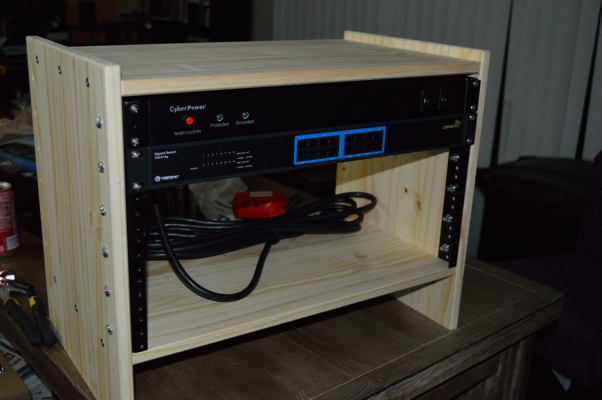
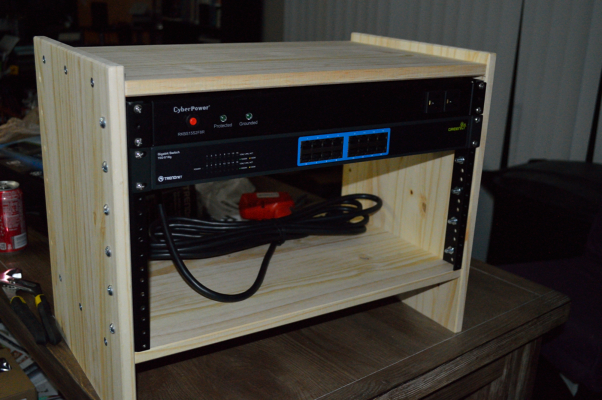
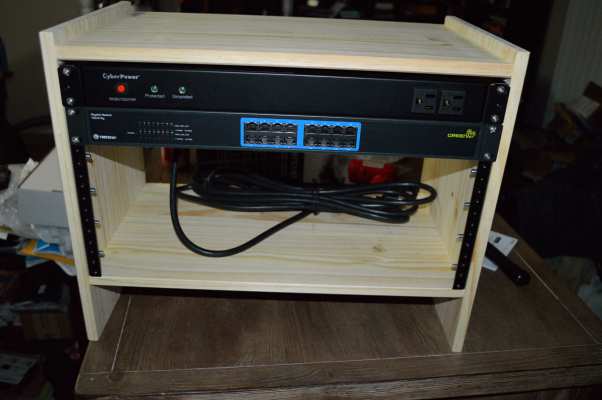
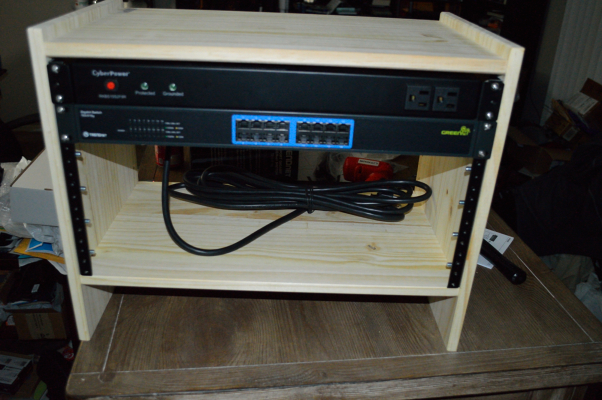
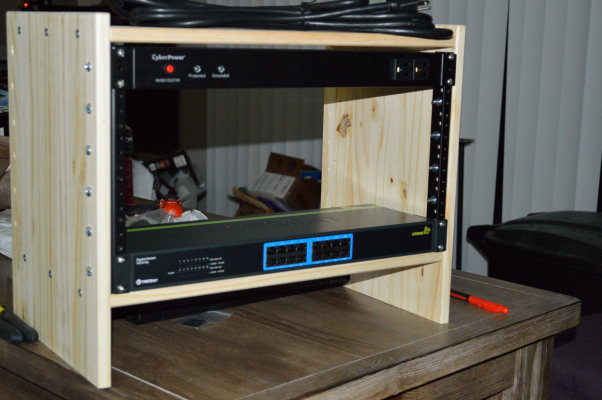
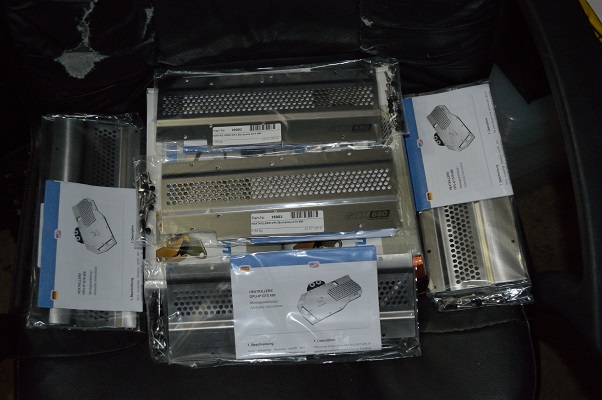
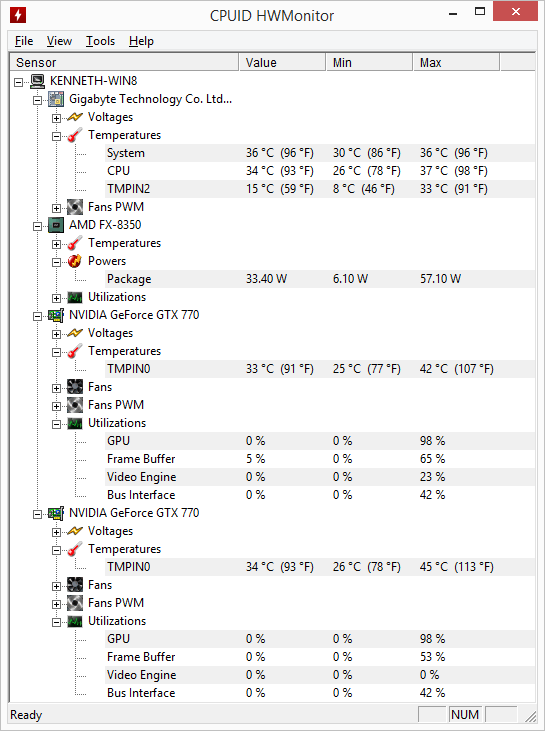
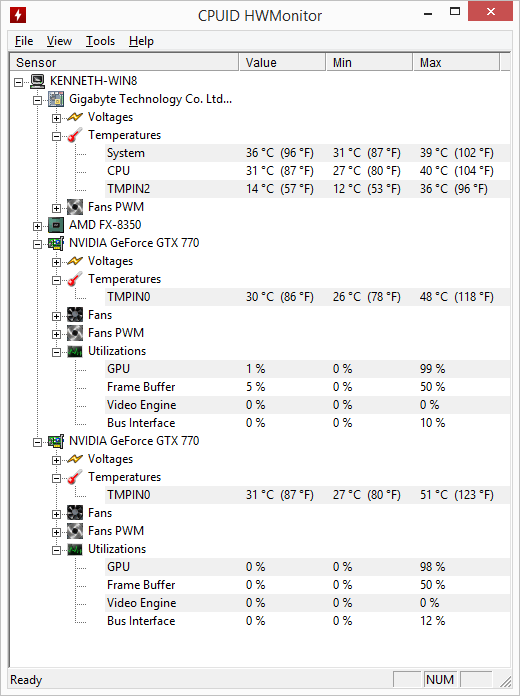
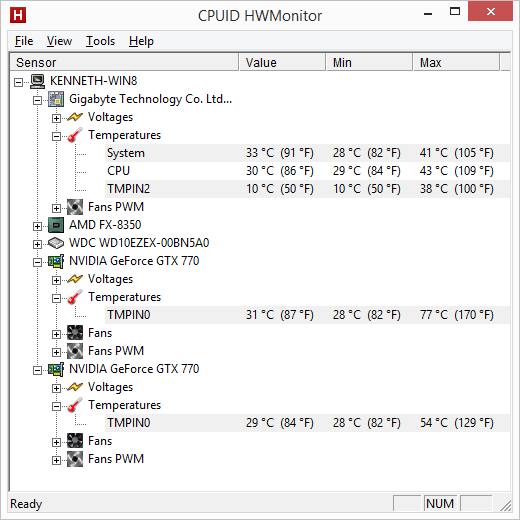
You must be logged in to post a comment.